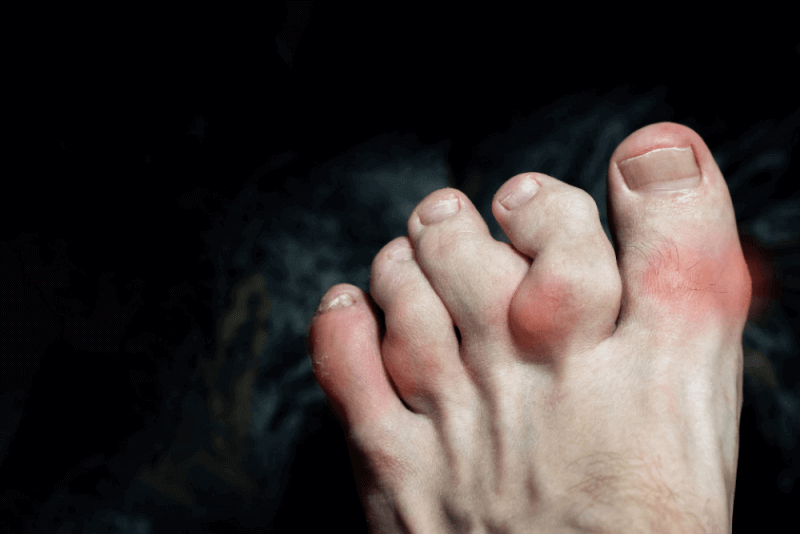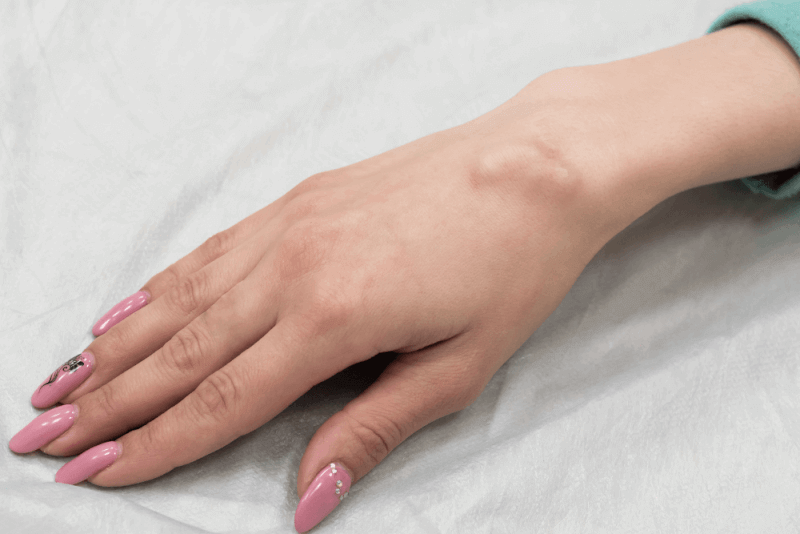30-Second Summary
- This condition causes the baby's neck muscles to twist the head and tilt it to one side. The baby's neck may appear to be twisted at an odd angle.
- Congenital torticollis is the most common type. Babies usually do not feel pain. This condition may not be discovered until the baby is a few weeks old. It is typically noticed when they begin to gain head control.
- Stretching exercises and positional changes are usually sufficient to treat congenital torticollis. Doctors teach parents how to stretch the neck muscles.
- The diagnosis of torticollis primarily involves a physical examination. During the exam, the degree of head tilt and the presence of any swollen muscles are assessed.
What is Torticollis?
Torticollis is a condition in which the baby's neck muscles cause the head to twist and tilt to one side. The baby's neck may appear to be twisted at an odd angle. The top of the head may tilt to one side while the chin tilts to the other.
Torticollis is also known as "wry neck." The word "torticollis" comes from the Latin words "tortus," meaning twisted, and "collum," meaning neck. Torticollis is quite common in babies and children. It may be present at birth (congenital) or develop during infancy or childhood (acquired).
Congenital torticollis is the most common type. Babies usually do not feel pain. This condition may not be discovered until the baby is a few weeks old. It is usually first noticed when the baby begins to gain control of the head.
Acquired torticollis typically appears during the baby's first 4 to 6 months or later. It may appear suddenly or develop over time. Acquired torticollis may be harmless, but it can also be a sign of a more serious health condition.
Causes of Torticollis
Shortening of one of the baby's sternocleidomastoid (SCM) muscles causes congenital torticollis. These are the largest muscles in the neck, connecting the back of the skull to the breastbone and collarbone. Researchers do not know exactly why one of these muscles shortens in some babies. Possible causes include:
- The baby's position in the womb
- Abnormal development of the SCM
- Blood collection in the baby's neck muscles
- Abnormal thickening of muscle tissue
- Klippel-Feil syndrome, a rare condition that causes fusion of the neck vertebrae
Acquired torticollis often results from swelling in the child's throat. The swelling loosens the tissues around the upper spine, causing the vertebrae to move out of their normal positions. This leads to neck muscle spasms and head tilt. The swelling may be due to an infection, injury, or unknown cause. Other possible causes of acquired torticollis include:
- GERD
- Vision problems
- Reaction to certain medications
- Scar tissue
- Neck arthritis
- Sandifer syndrome (a rare condition where GERD is combined with neck spasms)
- Grisel syndrome, a rare complication of head-neck infections or ENT surgeries
Symptoms of Torticollis
Symptoms of congenital torticollis include:
- The baby's head tilts to one side while the chin tilts to the other
- Swelling in the neck muscles
- Limited movement in the baby's head and neck
- A pea-sized lump in one of the baby's neck muscles
- One shoulder is higher than the other
- Facial asymmetry
- Tightness or stiffness in the neck muscles
Symptoms of acquired torticollis include:
- The child's head tilts to one side while the chin tilts to the other
- Headaches
- Restricted movement in the head and neck
- Head tremors
- One shoulder being higher than the other
- Severe neck pain
- Tightness or stiffness in the neck muscles
- Swelling in the neck muscles
Diagnostic Criteria for Torticollis
Diagnosis of torticollis primarily involves a physical examination. During the examination, the degree of the baby's head tilt and the presence of swollen muscles are assessed. Depending on the severity of the condition, the following tests may also be requested:
- Neck X-ray
- Head and neck CT scan
- Head and neck MRI scan
Treatment Methods for Torticollis
Stretching exercises and positional changes are usually sufficient to treat congenital torticollis. Doctors teach parents how to stretch the neck muscles. These exercises, which need to be performed several times a day, should gradually be increased over time.
Home treatment methods include the following:
- Holding the bottle or breast to encourage the baby to turn away from the preferred side
- Placing toys to encourage the baby to look both ways
- Encouraging the baby to move their hands and feet
- Tummy time
Torticollis Physical Therapy
If stretching exercises are ineffective, physical therapists may be consulted. With the methods applied by physical therapists, the shortened neck muscle can be lengthened.
Treatment of Acquired Torticollis
The goal of treating acquired torticollis is to resolve the underlying cause and alleviate symptoms. Therefore, the following treatment options may be used:
- Antibiotics
- Botox injections to relax the tight neck muscles
- Heat therapy
- Massage
- Neck braces
- Physical therapy
Treatment of Torticollis in Adults
Treatment in adults varies depending on the underlying cause. Some treatment options include the following:
- Heat therapy, massage, and physical therapy for pain relief
- Stretching exercises
- Support devices to stabilize the neck
- Medications to help with muscle spasms
- Anti-inflammatory drugs to reduce pain
- Botox injections
- Trigger point injections
- Spinal surgery if the condition is caused by spinal dislocation
Types of Torticollis
There are various reasons for the classification of torticollis. It is mainly divided into 3 subgroups.
Congenital Torticollis
This type of torticollis, present at birth, may also appear shortly after birth. It can result from birth injury, or the formation of a fibroma or hematoma in the neck muscle can limit movement. In addition, certain diseases may also cause congenital torticollis.
Acquired Torticollis
Also called iatrogenic torticollis, this condition appears suddenly later in life due to causes such as side effects of medications.
Spasmodic Torticollis
Spasmodic torticollis, the most common form of torticollis, begins in adulthood and has no identifiable underlying cause. However, mutations in genes such as GNAL and THAP1 may cause spasmodic torticollis.
Risks of Torticollis
Early intervention in congenital torticollis can help prevent long-term effects. If untreated, potential complications may include:
- Reduced head control
- Limited reach and visual tracking on the affected side
- Delays in sitting and walking
- Feeding problems
- Walking with a tilt
- Rolling only to one side
- Facial deformities
- Flat head syndrome
- Delayed motor skills
- Hearing and vision problems
If torticollis is not treated, complications seen in adults may include:
- Balance problems
- Gait abnormalities
- Bony growths developing at bone edges
- Underlying serious conditions like injury, tumor, or infection
- Disability affecting daily life
- Emotional issues







